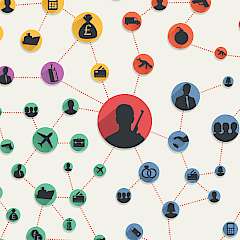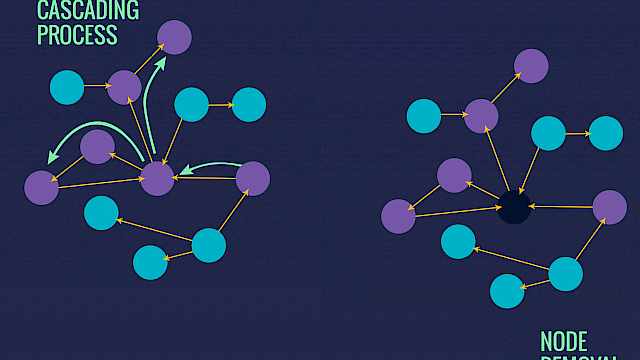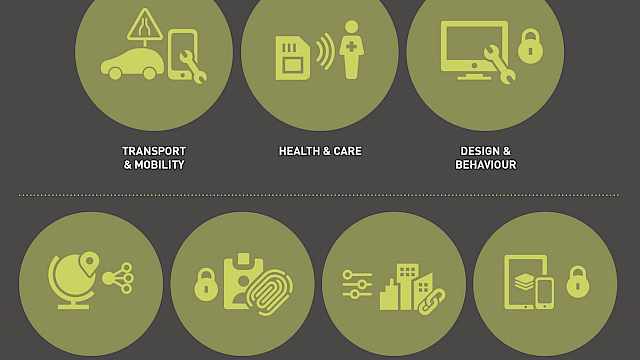In the past few decades, organisations have increasingly relied on teams to structure their work. The main reason for increased reliance on teams is a large body of evidence that working together can deliver better outcomes compared to those of individual members, including more creative solutions, more innovative ideas, and more efficient task execution.
The main characteristics of teams are that they consist of two or more members who have a common goal, have a certain level of interdependence to reach that goal, and there is a degree of social interaction required to reach their common goal. It is therefore critical to understand how team members coordinate, communicate, and share knowledge to reach their common goal.
To gain an in-depth understanding of these team processes, researchers often study the social network of the team. A social network within a team is a set of team members that are connected by a set of relationships or ties. By asking each individual team member about the relationship they have with all other individual members of their team, researchers can get an insight into the structure of ties within the team.
These ties can be dichotomous (for example if the tie between two team members is present or not) and valued (for example, frequency of communication between team members), creating a network of ties between team members that characterise not only what kind of relationship two team members have, but also what kind of network the team has as a whole.
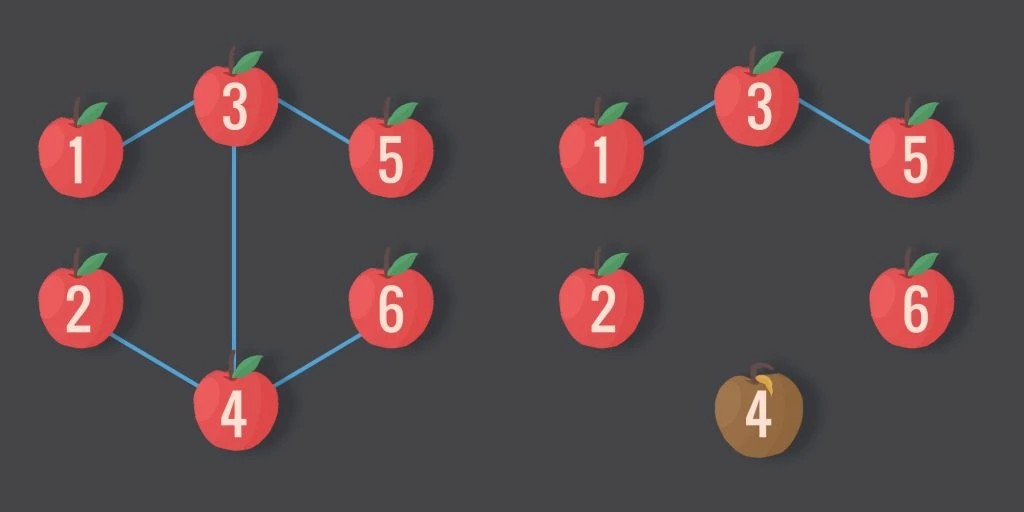
For example, Team A has one or two central members (members 3 and 4) who have ties to all other members, but these other members are not interconnected.
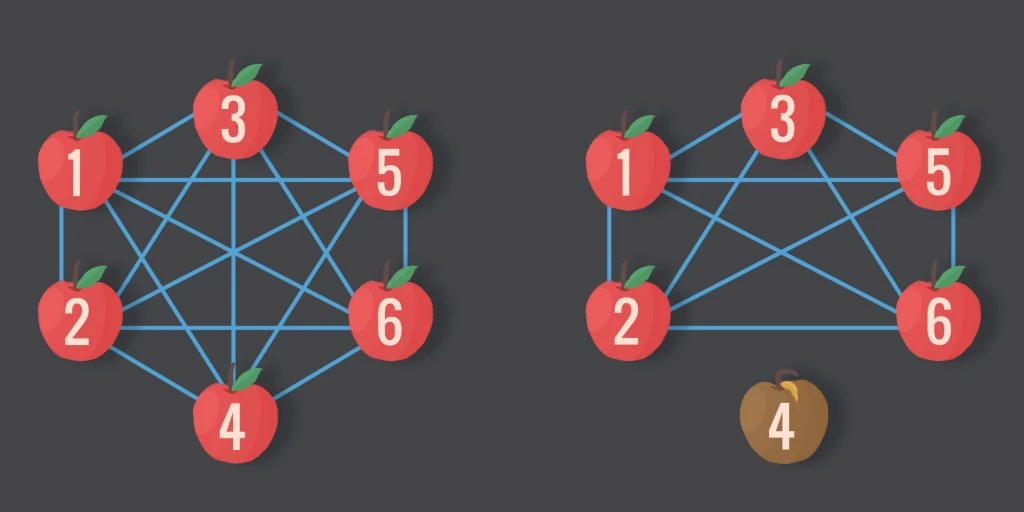
Team B, on the other hand, has a social network characterised by frequent communication between all members of the team.
Research has consistently shown that teams with more 'dense' social networks (in this case, Team B), that is, those with a high level of interconnectedness between members, are more effective compared to teams with lower density.
A high level of interconnectedness between members allows for better task coordination, knowledge sharing, and responsiveness to external events. Because team members are interconnected, Team B can quickly communicate about their task and possible actions required to cope with unexpected events.
Members 1, 2, 5, and 6 of Team A have to go through the two central team members to coordinate their work with the other team members, which is much less efficient.
Moreover, knowledge and influence are highly centralised in Team A, as the two central members can control what, and when, they communicate to their fellow team members.
Social networks can also be characterised by the type of tie between team members. For example, one member can be considered a source of advice for another member (advice tie), as a source of support (friendship tie), or as a tie that thwarts task behaviours among team members (negative tie).
Teams with dense advice and friendship networks are more effective
Again, research shows that teams with dense advice and friendship networks are more effective, as in these teams advice and support are available to all members, creating a cohesive and safe environment to express ideas and concerns. In contrast, teams with negative ties are less effective compared to teams without negative ties.
When two team members dislike each other and engage in counterproductive work behaviour towards each other (e.g. they withhold information or even sabotage the work of the other team member) this disrupts the flow of communication and knowledge within the team.
Moreover, the negative attitude of the negative tie can spill over to the rest of the team, decreasing cohesion and safety in the team. Research suggests, however, that strong ties between the other team members can help to bypass the negative tie and mitigate the negative effects on team effectiveness.
Mapping the social network structure of the team can provide valuable information about team processes and effectiveness. Teams with dense social networks are able to coordinate the work and share knowledge effectively but are also able to cope with possible negative relationships in the team.
Therefore, stimulating communication among all team members and allowing advice and friendship networks to develop are key conditions for effective teamwork, and even allow teams to work around the negative impact of a ‘bad apple’.
Copyright Information
As part of CREST’s commitment to open access research, this text is available under a Creative Commons BY-NC-SA 4.0 licence. Please refer to our Copyright page for full details.
IMAGE CREDITS: Copyright ©2024 R. Stevens / CREST (CC BY-SA 4.0)

